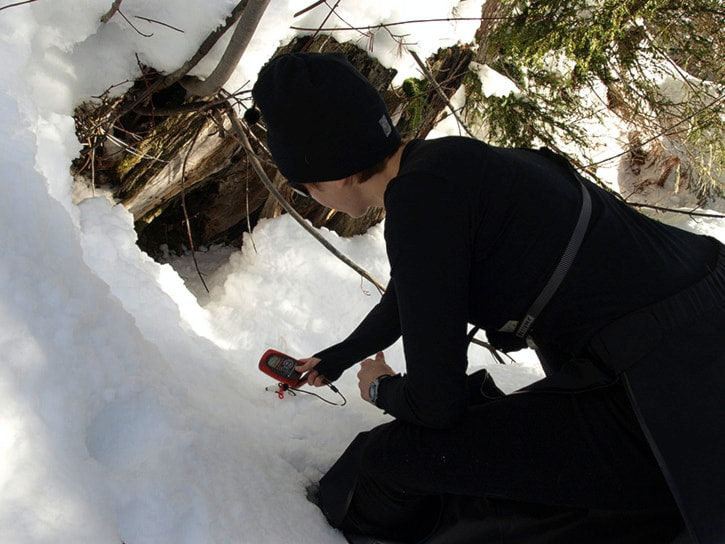The Canadian Avalanche Centre is warning people against using smartphone applications that are being billed as avalanche transceivers.
In a news release, the CAC said that three European-made applications being marketed as economical alternatives to transceivers are not recommended for use.
The applications are the iSis Intelligent (Mountain) Rescue System, the Snøg Avalanche Buddy, and SnoWhere.
The CAC says the applications have issues with compatibility and frequency range. All avalanche transceivers use a frequency of 457 kHz regardless of brand, the CAC says, and the apps are incapable of communicating with other transceivers.
“Not only are these new apps incapable of connecting with other avalanche transceivers, they are also incompatible between themselves, so one type of app can’t find another,” said CAC Executive Director Gilles Valade in a statement.
Smartphones don't transmit well through snow, the CAC says.
The iSis app claims to automatically detect freefall and avalanches, and will create a Bluetooth signal that will send an alert to a list of pre-entered people. It uses GPS to pinpoint your location.
The Snøg Avalanche Buddy uses the phones WiFi to send out a signal to other Snog users. It pinpoints your location based on the strength of the WiFi signal.
SnoWhere sends a WiFi signal to other SnoWhere users and uses GPS to provide a location.
The iSis and SnoWhere apps are only available for iPhone, while the Snøg Avalanche Buddy is only available for Android phones.
They don't come close to matching the 457 kHz standard adopted by the transceiver industry, says Valade.
“WiFi and Bluetooth signals are significantly weakened when passing through snow, and easily deflected by the solid objects we expect to see in avalanche debris," he said. "And the accuracy of a GPS signal is nowhere near the precision required for finding an avalanche victim. ”
The CAC also expressed concern about the battery life, robustness, reliability and interference.
Cellphones also have the ability to interfere with avalanche transceivers. Two recent studies by researchers show that transceivers should be at least 20 centimetres away from electronic devices when in send mode, and at least 50 centimetres away when in search mode. Interference between transceiver signals and Bluetooth and WiFi signals has been documented.
Read the full report on the applications below:
